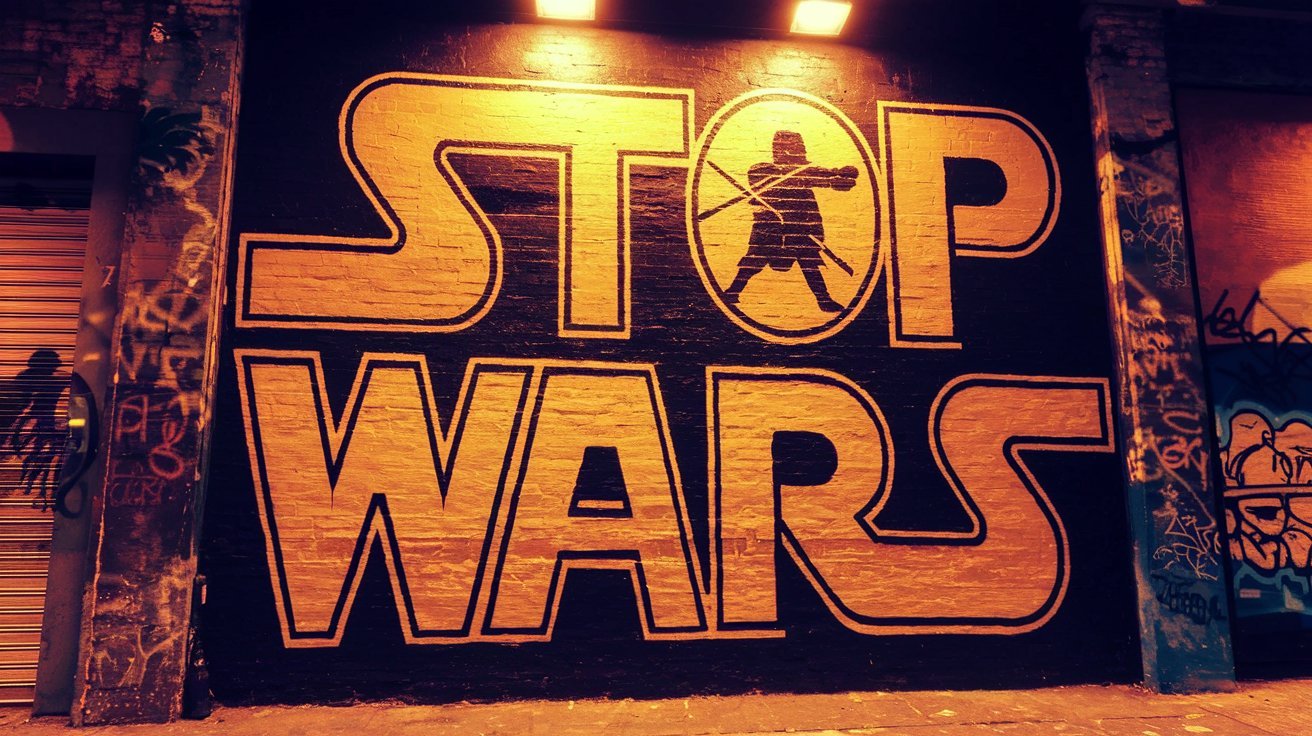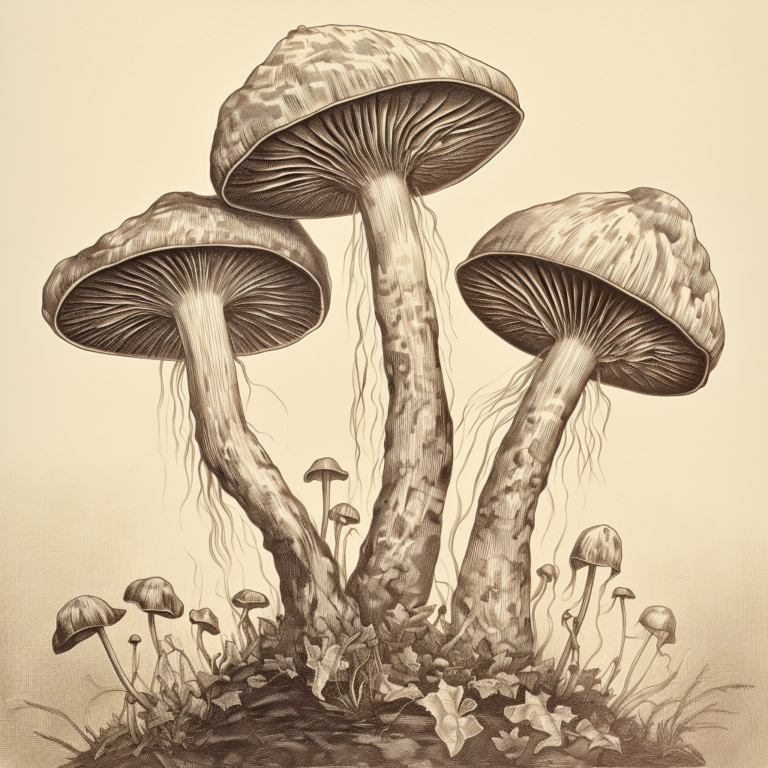From Tagging to Taking on the World, One Mural at a Time
You see, street art isn’t just about making a grotty alleyway look a bit nicer. It’s always been a bit of a rebel, a way for the underdog to shout back at the powers that be. Think of it as a visual megaphone for the voiceless, a way to stick it to The Man without actually, you know, sticking anything (except maybe some paste).
A Bit of History (Don’t Worry, It Won’t Be a Lecture)
It all started with those graffiti-covered trains rattling through New York back in the 70s. Those tags weren’t just names; they were statements: “I’m here! I exist!” Then you had blokes like Jean-Michel Basquiat, who went from scrawling on walls to being celebrated in fancy galleries. And Keith Haring, with his iconic figures, raising awareness about AIDS when nobody else wanted to talk about it. Proper pioneers, they were.
Banksy: The Art World’s Artful Dodger
Let’s face it, you can’t talk about political street art without mentioning Banksy. He’s the master of the cheeky, thought-provoking stencil. He’s like the Robin Hood of the art world, taking aim at capitalism, war, and all that other rubbish that makes the world a bit of a mess. Remember that “Girl with Balloon” shredding itself after being sold for a fortune? Classic Banksy – sticking it to the art market while simultaneously becoming a part of it. Clever clogs. And the pieces that are done in Isreal, bold and to the point.
A Global Chorus of “Oi! We’re Not Happy!”
It’s not just a British or American thing, though. Street art is a global language of protest:
- Arab Spring: Walls became giant message boards, covered in revolutionary slogans and artwork.
- Latin America: Artists like Blu create these massive, mind-blowing murals that take on corporations and corruption. Seriously, look them up – they’re incredible.
- Europe: Street artists are tackling everything from the refugee crisis to climate change to the rise of right-wing nutters. It’s art with a conscience, and it’s not afraid to shout about it.
The Internet: Making Murals Go Viral
Now, with the internet and social media, street art’s reach is even bigger. A mural can pop up in some backstreet in Bristol, and within hours, it’s being shared around the world. It’s like whispering in someone’s ear, but that whisper gets amplified a million times. That’s powerful stuff.
The Ironic Twist: From Rebel to Rockstar
Here’s the funny thing. A lot of these street artists, who started out as anti-establishment rebels, are now, well, established. Their work sells for silly money, and they’re hanging in the same galleries that used to turn their noses up at them. It’s a bit like a punk band signing to a major label – can they still be rebellious when they’re part of the system they were railing against? It’s a bit of a head-scratcher, that one.
So, What’s the Verdict?
Street art as social protest is still one of the most democratic and accessible art forms out there. It gives a voice to the voiceless, brings important issues out into the open, and forces people to confront things they might otherwise ignore. It’s art that makes you think, makes you question, and maybe even makes you a little bit angry. And that’s exactly what it’s supposed to do.
So, next time you see a bit of street art, don’t just dismiss it as vandalism. Take a closer look. It might just have something important to say. And if it’s a Banksy, well, you might want to take a photo – it could be worth a few quid someday! Just don’t tell him I said that. He might paint a rat on my house.





